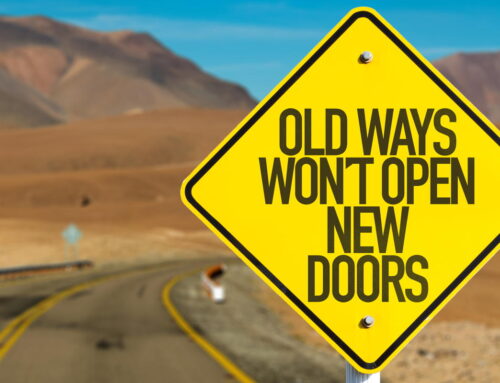Measuring your marketing performance is critical for ongoing success. When you properly identify and accurately measure your KPIs, you can better understand what’s working and what isn’t. This empowers you to better refine your methods to establish more efficient campaigns for future success. But while most marketers want to track performance, some may be only measuring the information that’s easiest to track. Naturally, there’s value to be had in keeping your process simple and scalable, but it’s equally important to ensure your go-to data is providing you with the right insight. Here’s exactly what you need to be measuring in order to best optimize your digital strategy.
1. Return on Investment (ROI)
There is no better way to accurately gauge the full value of your efforts than with regular and ongoing analysis of your ROI. If you wish to understand the merit and efficiency of an investment, you need to compare the return on that investment relative to its cost. By using this metric to compare different strategies, you can better decide about the best way to proceed, about how to best make use of your available resources, and also help create a clearer vision of what success looks like.
2. Organic Website Traffic
Organic traffic means customers are finding your business website through channels other than paid advertising or direct email. This could include people finding you via a Google search, or simply through recommendations from friends (word of mouth). You need to be tracking how much organic traffic your website receives as well as what proportion of that traffic results in leads, and how often these opportunities convert into paying customers. By measuring your organic traffic over time, as well as the behavior of that traffic, you gain insight on the success of your efforts, and the effectiveness of your website content.
3. Social Engagement
It is important for marketers to pay attention to the amount of engagement their social media posts receive. This includes likes, comments, and shares on Facebook, Twitter, and Instagram posts. While the total size of your social audience is important, the level of social engagement is equally relevant. This is because social media campaigns have the potential to produce fantastic results for a relatively low investment, and the extent to which individuals respond to and interact with your campaigns is an effective way of measuring how well you are connecting with your followers.
4. Cost Per Lead
Your cost per lead measures the cost-effectiveness of your marketing strategy. It focuses solely on new leads generated by a specific marketing campaign. For instance, if you are using an omnichannel marketing approach, you can measure the CPL for each channel in order to identify which ones are the most cost effective. Understanding the relative value of a type of lead or strategy can be complex, taking into account dozens of different factors, including the interests and behaviors of an individual, their spending habits, and family setup. At Sabal Group, we work closely with you to help identify which channels are generating the best results. This way, you know exactly how to reach new customers and the best way to spend your budget.
5. Landing Page Conversion Rates
A landing page is an opportunity. Its conversion rate tells you if a potential customer took advantage of your call to action or not and can indicate if your content is resonating with your website visitors. If your landing page conversion rates show room for improvement, there are many ways to refine the content, create a new offering, change the language being used, shift the placement of key information on the page, or consider how visitors are moving through the site, which might indicate a redesign.
From ROIs to landing page conversion rates, these metrics can help you achieve even better results from future marketing campaigns. And if you feel a little lost in facing these factors, Sabal Group can help you conquer them. Just ask us how.






